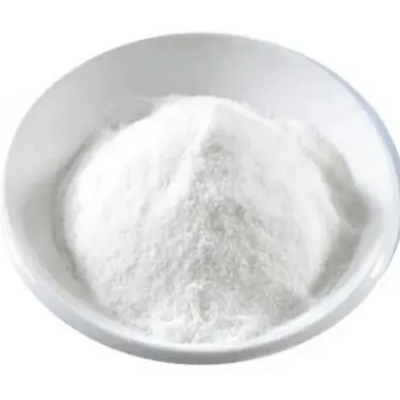Di(trimethylol propane) CAS:23235-61-2
Di(trimethylolpropane) serves multiple important functions across various industries, particularly in polymer chemistry and material science. One of its primary applications is as a building block for the synthesis of polyols in the production of polyurethane foams, coatings, and adhesives. The two trimethylolpropane units contribute significantly to the flexibility, strength, and thermal stability of these polymers, making them ideal for use in automotive parts, insulation materials, and construction products. In the coatings industry, di(trimethylolpropane) enhances the performance characteristics of paints and varnishes. It improves adhesion, hardness, and chemical resistance of the final products, ensuring long-lasting durability and aesthetic quality. Its incorporation into formulations can reduce the risk of chipping and degradation over time, which is critical for both indoor and outdoor applications. Additionally, di(trimethylolpropane) is employed in the formulation of resins and adhesives, where its hydroxymethyl groups facilitate cross-linking reactions, resulting in strong, durable bonds. This makes it particularly useful in wood bonding, laminates, and composite materials, where structural integrity is essential. The compound also plays a role in the production of specialty chemicals, including surfactants and emulsifiers. Its hydrophilic-hydrophobic balance allows it to be effective in stabilizing emulsions and improving wetting properties, which is beneficial in the formulation of cleaning agents, personal care products, and agricultural chemicals. In addition to industrial applications, di(trimethylolpropane) is utilized in the research and development of new materials. Its chemical reactivity opens avenues for creating functionalized surfaces, nanocomposites, and other advanced materials with tailored properties for specific applications in electronics, biomedical devices, and environmental technologies. In summary, di(trimethylolpropane) is a versatile compound with significant roles in the production of polyurethanes, coatings, adhesives, and specialty chemicals. Its unique structure and properties make it an essential ingredient in various applications, contributing to the advancement of materials science and industrial processes.



| Composition | C12H26O5 |
| Assay | 99% |
| Appearance | white powder |
| CAS No. | 23235-61-2 |
| Packing | Small and bulk |
| Shelf Life | 2 years |
| Storage | Store in cool and dry area |
| Certification | ISO. |





![2-(4-Fluorophenyl)-5-[(5-iodo-2-methylphenyl)methyl]thiophene CAS:898566-17-1](https://cdn.globalso.com/xindaobiotech/VMLV8UWXAZ0XBLS6M201.png)



